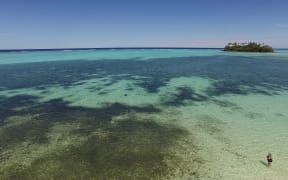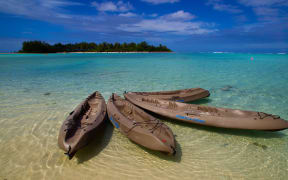Efforts are under way to save Rarotonga's Muri Lagoon, but there are fears they are too little, too late.
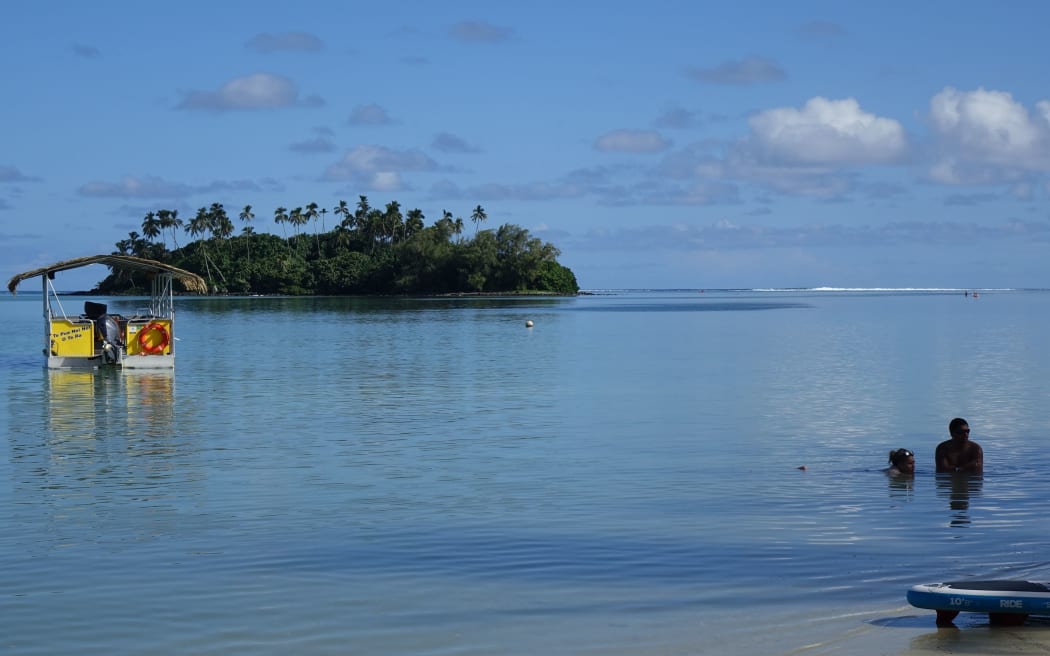
Muri Lagoon, off Rarotonga, is one of the Cook Islands' tourism hotspots. Photo: RNZI / Sally Round
Consultants are on the job to help save the waterway, which has been suffering from an algal bloom and coral bleaching.
Despite its problems, Muri is still one of the Cook Islands' biggest drawcards for tourists and several were out paddling, snorkelling and lolling in the warm shallows last week.
"It's a peaceful lagoon and I'm not too strong in the water so it's about my speed and it's sheltered and you can snorkel right off the beach. This is perfect for us," said Richard Smith, who had just arrived from Canada.
Hamish Whistler, who was sitting nearby, had just returned from snorkelling.
"It's actually not looking too bad. There's still a lot of marine life but it's kind of concentrated in the last live bits of coral. It does look like it used to be a lot better but you can see a bit of the bleaching and that and dead coral floating around," he said.
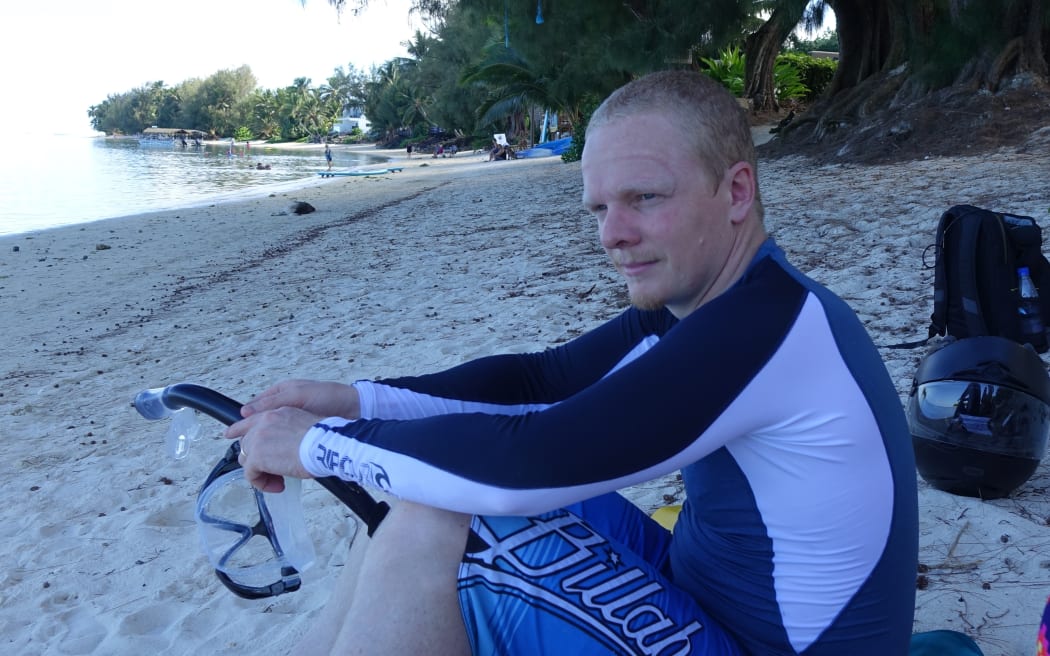
Tourist Hamish Whistler at Rarotonga's Muri Lagoon, Cook Islands Photo: RNZI/Sally Round
"I was hoping it'd be better than this, but it wasn't bad."
But a resident of the area, Graham Taylor, out on his twice daily lagoon-side walk, said it was far from its earlier pristine state.
He still swam in the lagoon, which has not been deemed a health risk, but it was not the same colour it was in earlier days.
"There's a smell about it sometimes. If you dig deep into the sand, there's sludge down the bottom, blue sand, never seen blue sand before," he said.
"There's a big problem here and they've got to do something about it."
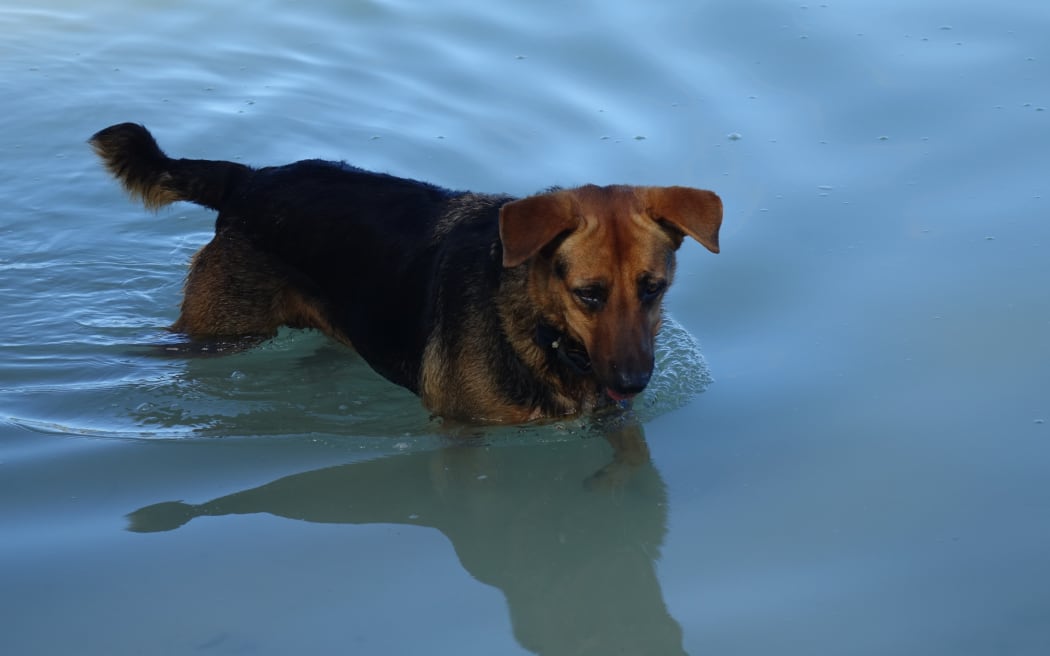
Shadow is walked daily along the lagoon by his owner Graham Taylor, whose has noticed huge change over the years. Photo: RNZI/Sally Round
The problems with Muri Lagoon have not affected overall growth in the Cook Islands tourism industry, which last year saw a record 146,000 visitors to the country.
Tourism accounted for about 60 percent of the country's Gross Domestic Product.
The authorities were keen to press home recent positive news, that the unsightly seaweed which had been growing on the floor of the lagoon over the past year had died off in recent weeks.
"It's one of the most photographed and visited sights in the Cook Islands, especially for visitors but now that we've seen a lot of that disappearing, it's quite pleasing for us, but it doesn't mean that we rest on our laurels," said Halatoa Fua, chief executive of the Cook Islands Tourism Corporation.
A cocktail of factors is thought to have been responsible for the bloom, including seepage from some septic tanks, a high density of hotel rooms nearby, run-off from farming, hot temperatures and a heaping up of sand and rocks in the lagoon outlets.
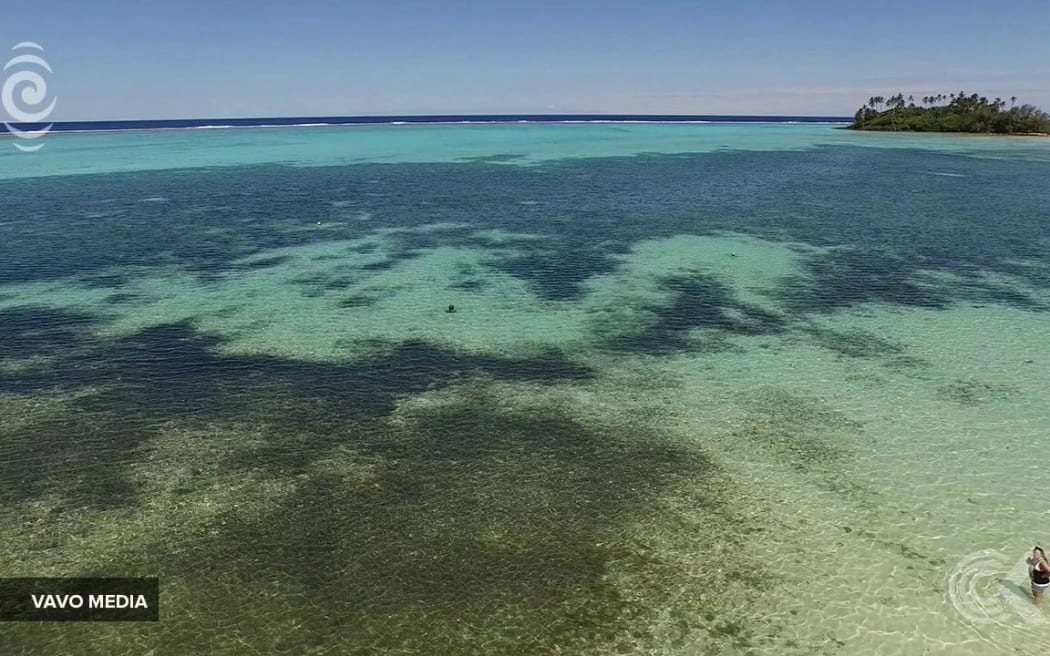
A cocktail of factors is thought to have been responsible for the bloom. Photo: RNZ / YouTube
Recent rain is thought to be behind the recent disappearance of seaweed.
Mr Fua acknowledged there had been delays in dealing with the issue long-term and a lot of work needed to be done on a better sanitation system.
He was optimistic now that an international consultancy firm GHD has been engaged.
"We've got a central unit within the Cook Islands government called the Te Mato Vai Project Steering Group. This group has now contracted their work to GHD which is New Zealand based and they will be providing a plan within the next 15 to 18 months that will provide a very clear implementation term of what's the short-term, medium-term and long-term outcomes required for sanitation in the Cook Islands."
But one of the traditional leaders of the Muri area, Manavaroa Mataiapo Tutara Philip Nicholas, said there was no time to waste on consultants reports and drastic action was needed.
He advocated dredging sand at a channel leading into the lagoon so it could be flushed naturally.
He said sand had built up there over the years and now the channel was only 1.5 metres deep.
"If we can get in there and remove all that sand, dredge that sand out, we should see an immediate improvement in the flushing of the whole lagoon from Muri down to Avana," he said.
The Asian Development Bank noted pollution to the lagoons was an issue back in 2009 and warned then of the risk to the critical tourism industry.
Kelvin Passfield of the Te Ipukarea Society works to raise awareness about the environment, particularly marine issues.
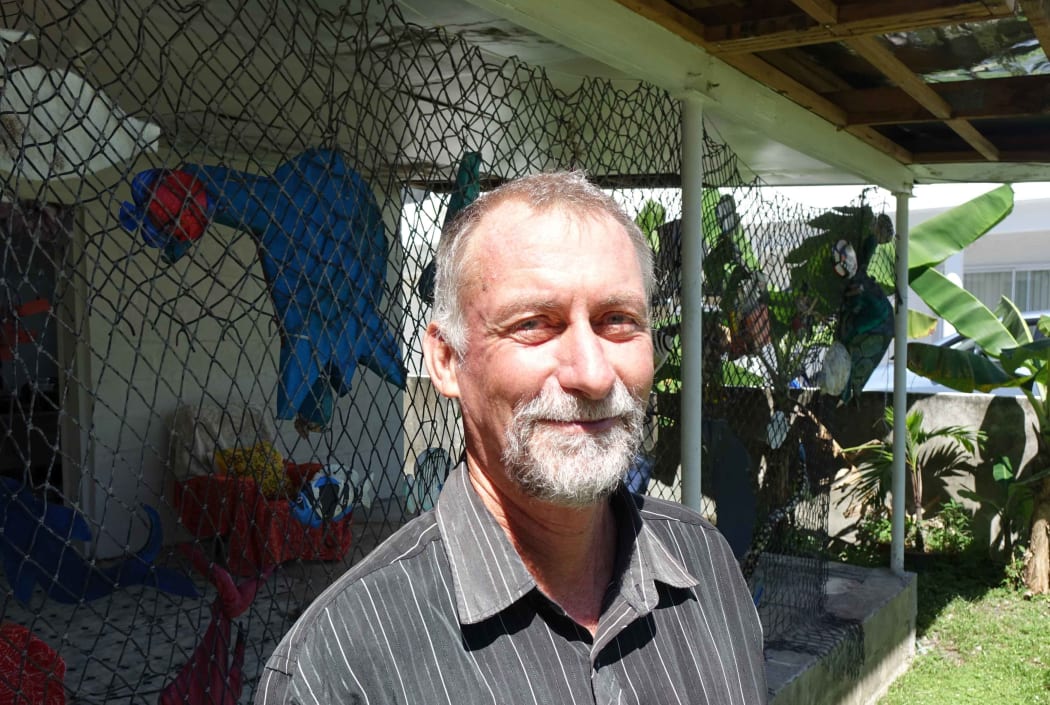
Kelvin Passfield Photo: RNZ/ Sally Round
He said dredging was a short-term solution and the only way to fix the problem in the long-term was to reduce the amount of nutrients getting into the lagoon.
"I'd say it's very close to dying. If you go for a snorkel out there and look at the coral heads, there's a few small areas where there's still live coral. So much of it is just dead now and a recent (coral) bleaching event, hasn't helped."
"One of the issues is that there are still being approvals given for more resorts and hotel developments on the coast and that's just going to exacerbate the problem," Mr Passfield said.
"The more nutrients going in is just going to make it worse and they should be looking very closely at restricting more hotels going up."
He said scientists and engineers needed to give a comprehensive report, come up with a design for a better sewerage system and landowners also needed to get on board.
"The chance of recovery is slim without some real intervention and then rehabilitation later on to bring it back but I think the short term outlook is not good at all."
Manavaroa Mataiapo Tutara Philip Nicholas said his people, including fishers, were being impacted.
"The message I want to get across to government is I want immediate action to this Muri lagoon issue.
"The reason for that is it's a living issue - it's in my arteries and in my veins. As one of the traditional leaders, the Aronga Mana, with our connection to the sky, to the mountain, to the lagoon, the rivers to the lagoon and to the vast ocean, it's a living thing to us, so I want to see this work."
Back on the shore of Muri lagoon, Canadian tourists Richard Smith and Barbara Gibson suggested tourists could be part of the solution.
They said they would be happy to pay an environmental clean-up tax.
"If that money went to it, then I think every tourist would be happy to contribute to that."
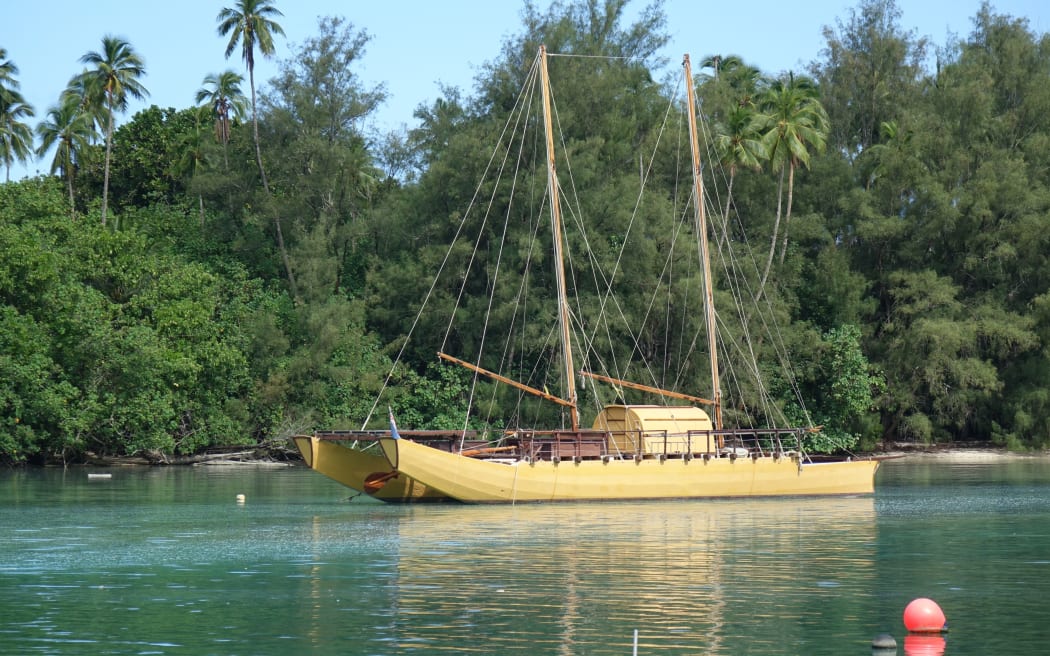
Traditional vessel at anchor in the channel leading to the lagoon Photo: RNZI/Sally Round
Cabinet minister Mark Brown said there were plans to scrape the lagoon and dredge the channel once environmental consents were achieved.
"It's very frustrating. The environmental legislation that we have passed has tied ourselves to a process that is so complicated that it's delaying any sort of action that needs to be taking place," said Mr Brown.
He said the government was trying to find out a way around the legislation without getting sued by other parties who don't want the government to be dredging up or touching anything in the lagoon.
He said it was in the hands of the National Environment Service.
"We've encouraged them to make this a priority so that we can overcome any objections so we can get the work done."


